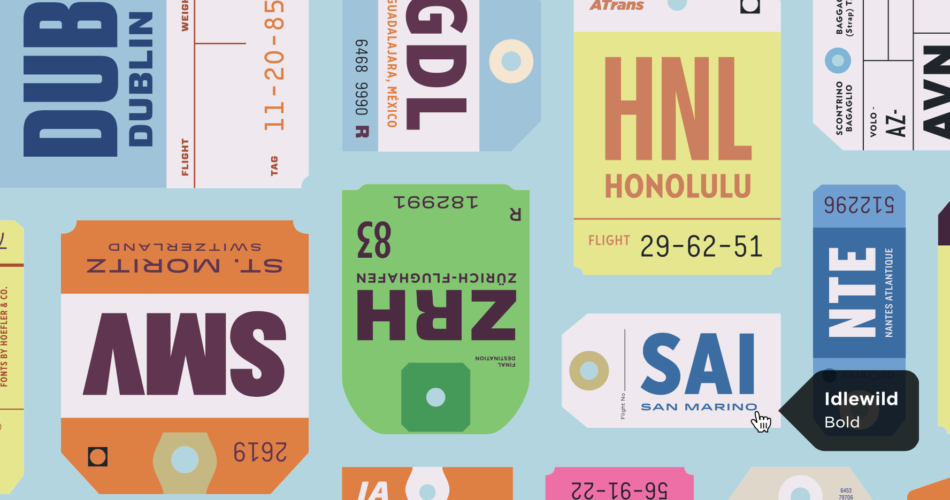Typography is an integral aspect of design and communication. The choice of fonts can significantly impact how a message is perceived and understood. In today’s digital age, the ability to change fonts easily has become a valuable tool for designers, content creators, and anyone looking to make their text visually appealing and engaging. This article delves into the world of font changers, exploring what they are, how they work, and their significance in modern design and communication.
Contents
What Is a Font Changer?
A font changer, often referred to as a font generator or font switcher, is a tool or software that allows users to alter the appearance of text by changing the font style. It enables users to transform plain, generic text into visually captivating pieces that align with their creative vision. Font changers come in various forms, ranging from simple online tools to more advanced software applications.
How Does a Font Changer Work?
Font changers operate by manipulating the CSS (Cascading Style Sheets) of the text. CSS is a web technology that controls the visual presentation of web pages, including fonts, colors, spacing, and layout. text style modifier typically provide users with a user-friendly interface where they can input the text they want to modify and select from a wide range of font styles. Once the user selects a font, the font changer generates the necessary CSS code to apply the chosen font to the text.
Key Features of Font Changers
Variety of Fonts
Font changers offer an extensive library of fonts, including traditional, modern, handwritten, decorative, and novelty fonts. This diversity allows users to choose the perfect font to convey the desired tone or message.
Customization Options
Many font changers provide additional customization options, such as font size, color, and letter spacing. These features enable users to fine-tune the appearance of their text to suit their specific needs.
User-Friendly Interface
Font changers are designed to be user-friendly, making them accessible to people with varying levels of technical expertise. Users can often see real-time previews of their text in different fonts, simplifying the selection process.
Accessibility
text style modifier can help improve the accessibility of text by offering options for dyslexia-friendly fonts or fonts optimized for screen reading software.
Significance of Font Changers
Enhanced Visual Appeal
text style modifier empower designers and content creators to experiment with typography, leading to more visually appealing and engaging content. By selecting fonts that resonate with their target audience, they can effectively convey their message.
Branding and Consistency
Font changers play a crucial role in maintaining brand consistency. Companies can use specific fonts associated with their brand to ensure that all digital and print materials align with their visual identity.
Creativity and Expression
text style modifier foster creativity and self-expression. They enable individuals to add a personal touch to their designs and communications, making their content unique and memorable.
Accessibility
Font changers can contribute to improved accessibility by offering options that cater to individuals with different reading needs. This inclusivity is essential for reaching a broader audience.
Conclusion
Font changers have become indispensable tools for designers, marketers, and anyone involved in content creation. They provide a means to transform plain text into captivating visual elements, enhance brand identity, and improve accessibility. As technology continues to evolve, text style modifier will likely become even more sophisticated, offering users an ever-expanding array of options for creative expression through typography. Whether you’re designing a website, creating marketing materials, or simply adding a personal touch to your messages, text style modifier are a valuable resource for elevating your typography game.
